WASHINGTON, D.C. — A sweeping overhaul of Metrobus routes across the D.C. area has been met with confusion, longer commutes, and mounting frustration from riders adjusting to the new “Better Bus Network.” While WMATA says the goal is to increase efficiency and frequency, many commuters say the rollout has made their daily rides more complicated.
What Is the ‘Better Bus Network’?
Launched on June 29, the Better Bus Network represents the first complete redesign of Metrobus routes in 50 years. Developed after years of public feedback, rider surveys, and route analysis, the overhaul aimed to eliminate underutilized stops, improve bus frequency, and simplify navigation.
-
Over 500 bus stops were eliminated.
-
All bus routes were renamed.
-
Routes were adjusted for what WMATA describes as “greater efficiency and reliability.”
But in the weeks since the launch, riders say the changes have created more problems than they’ve solved.
What Riders Are Saying
Riders interviewed by FOX 5 shared a consistent message: the new system is inconvenient, confusing, and, in many cases, less efficient than before.
“It’s a lot of buses missing,” said Fred Benjamin, a regular rider.
“It also has added 20 minutes to my route because of the new directions it takes,” said Cayla Michaels. “The first day I felt bad — the bus driver got lost. He didn’t know the route. So maybe it’s just growing pains.”
“It’s not as convenient as it used to be,” added Daniel Mestas, another commuter who now faces a more cumbersome daily trip.
Although the overhaul was meant to streamline bus operations, many regular users say their commute times have increased and service reliability has decreased since the changes.
Growing Pains and Missteps in the Rollout
According to WMATA, the agency receives around 930 customer calls per day. About 150 of those calls have been related to the Better Bus Network, indicating widespread confusion.
Additionally, WMATA confirmed that about 2% of the system’s 8,500 bus stops—roughly 150 stops—had incorrect or mislabeled signage during the initial rollout. These issues added to the already difficult transition period.
Bus Operators Adjusting Too
It’s not just riders who are having a tough time. Bus drivers, too, are navigating unfamiliar territory.
“They’ve expressed some frustration of not being able to help customers as best as they have in the past,” said Benjamin Lynn, spokesperson for ATU Local 689, the union representing thousands of Metro employees.
“That’s just because they’re not as familiar with the new routes yet.”
Drivers are expected to adapt quickly to new routes, schedules, and stops, many of which vary significantly from the previous system. Union leaders are urging riders to remain patient while staff and operators adjust.
WMATA Responds and What’s Next
Despite the bumpy rollout, WMATA remains committed to improving the new network. Officials told FOX 5 that they are:
-
Updating signage at affected bus stops
-
Replacing outdated route maps
-
Encouraging riders to report any issues by calling customer service
WMATA maintains that the network redesign will benefit the region in the long term. However, they acknowledge that it hasn’t even been a month since the changes went live, and adjustments are still ongoing.
“We understand the concerns and appreciate the feedback. We’re working diligently to resolve issues and support our drivers and customers through this transition,” a WMATA spokesperson said.
Looking Ahead
As riders continue to adapt to the new routes, altered schedules, and removed stops, WMATA is urging the public to stay engaged. Commuters are encouraged to check updated maps online, use trip planning tools, and report any inaccuracies or issues they encounter.
But for many, the sentiment remains the same: they want the old system back.
Whether the Better Bus Network delivers on its promise of improved service remains to be seen. For now, many riders are still trying to make sense of their new routes — one delayed trip at a time.

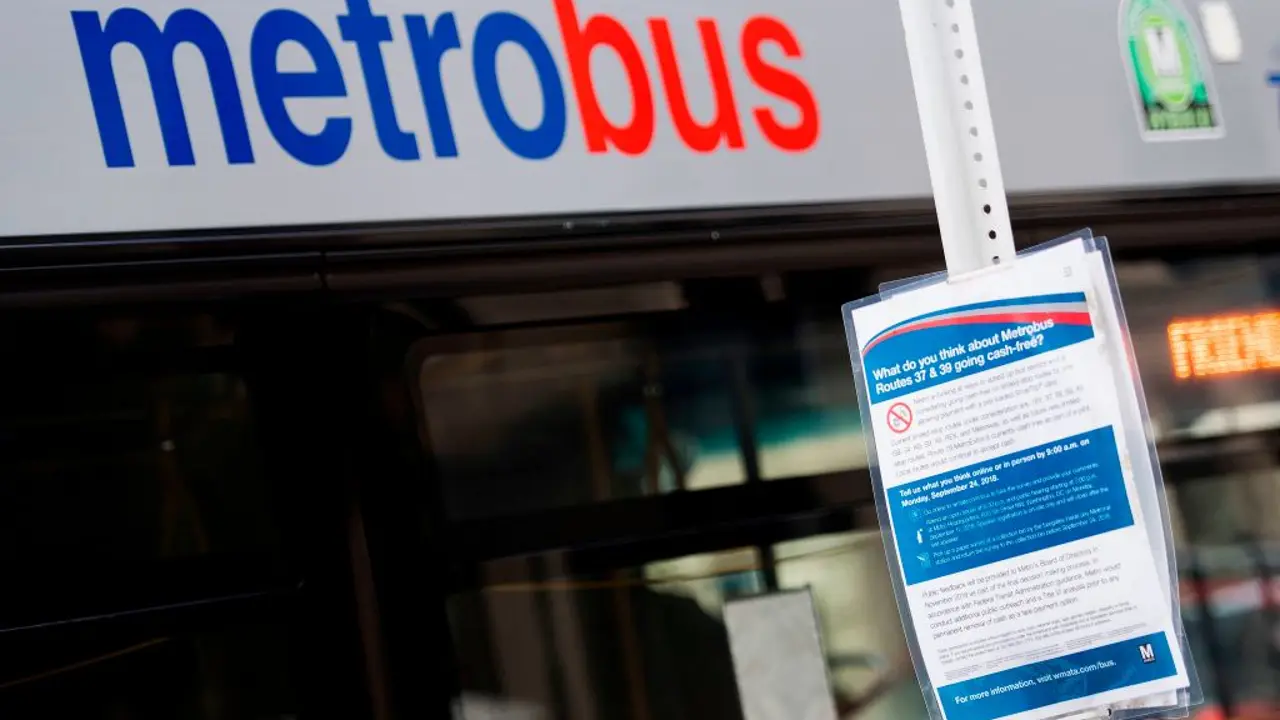
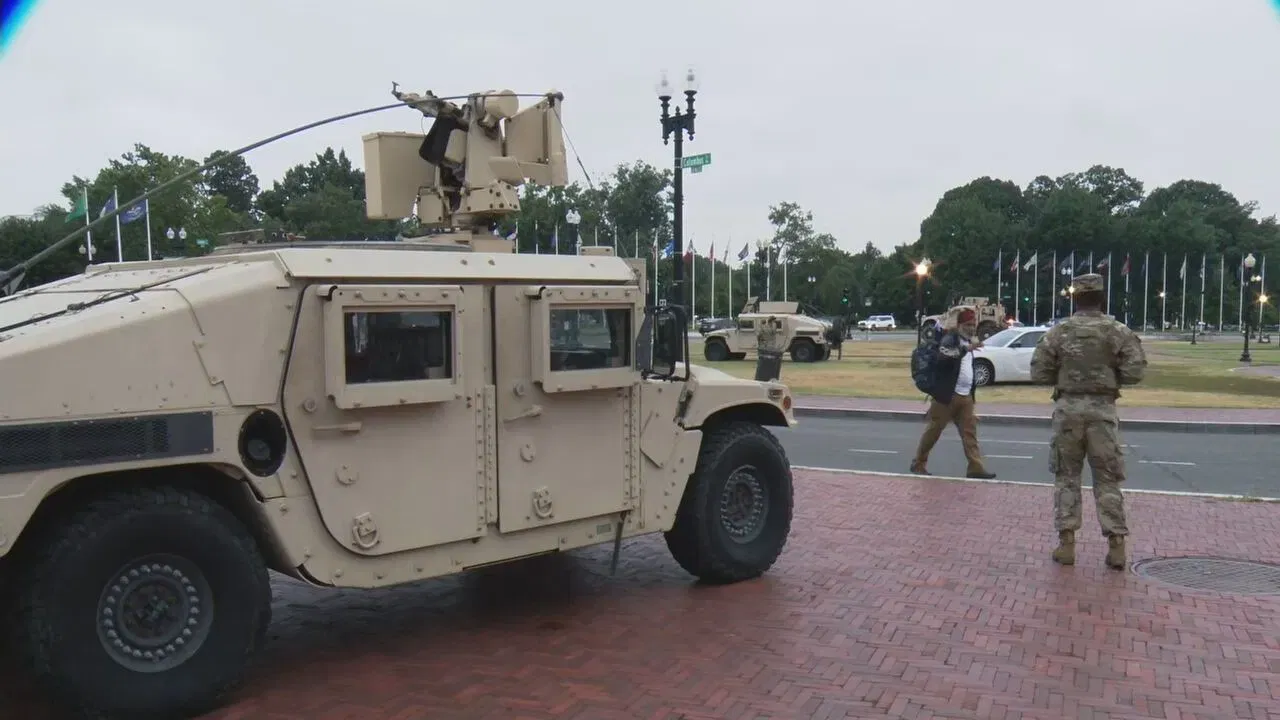



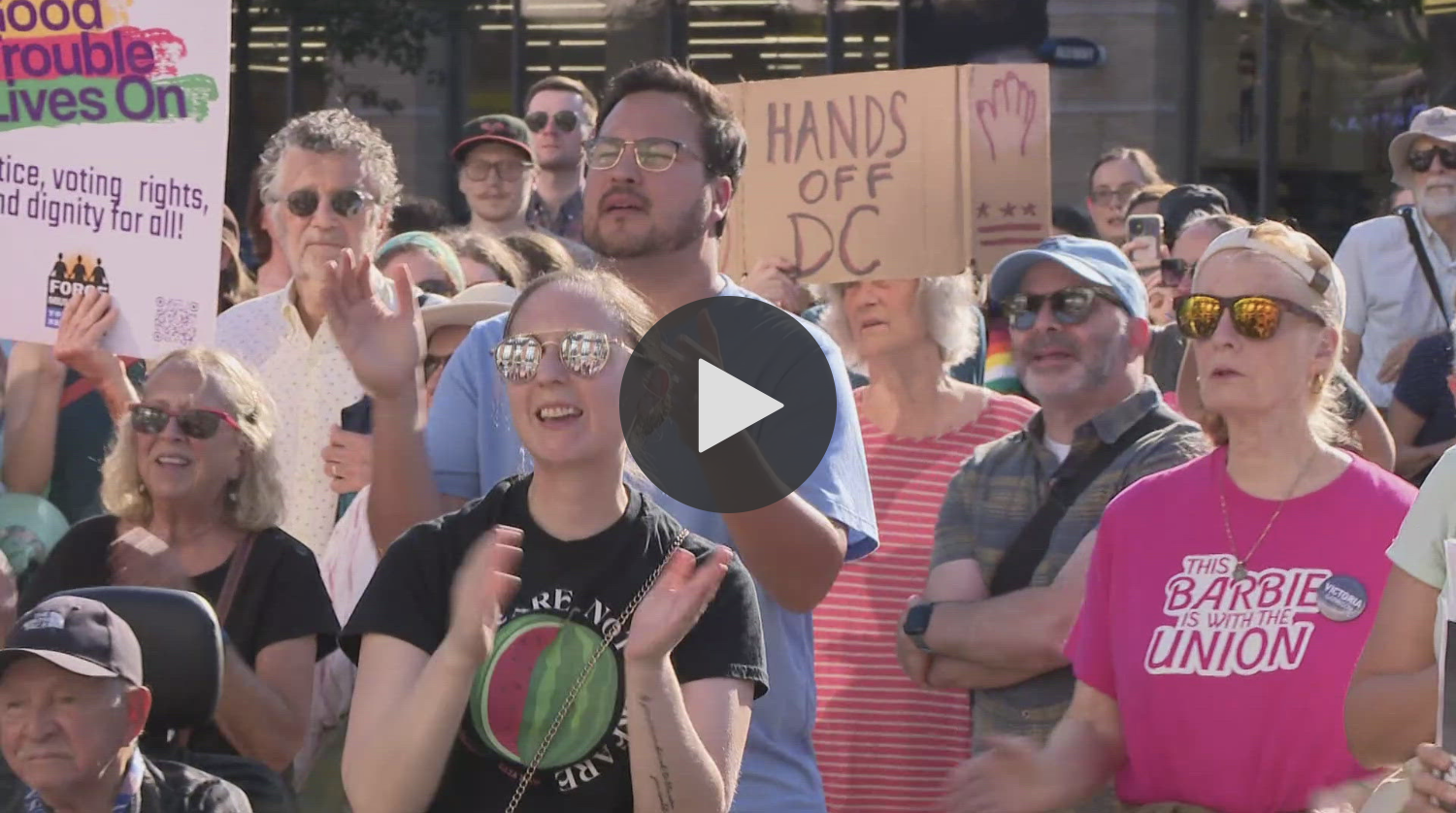

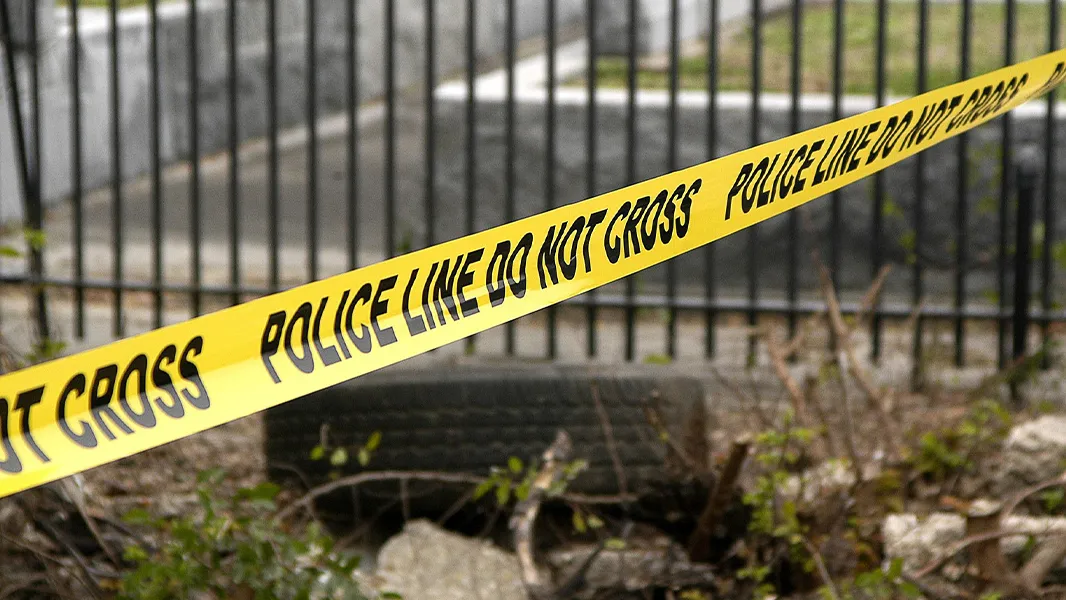
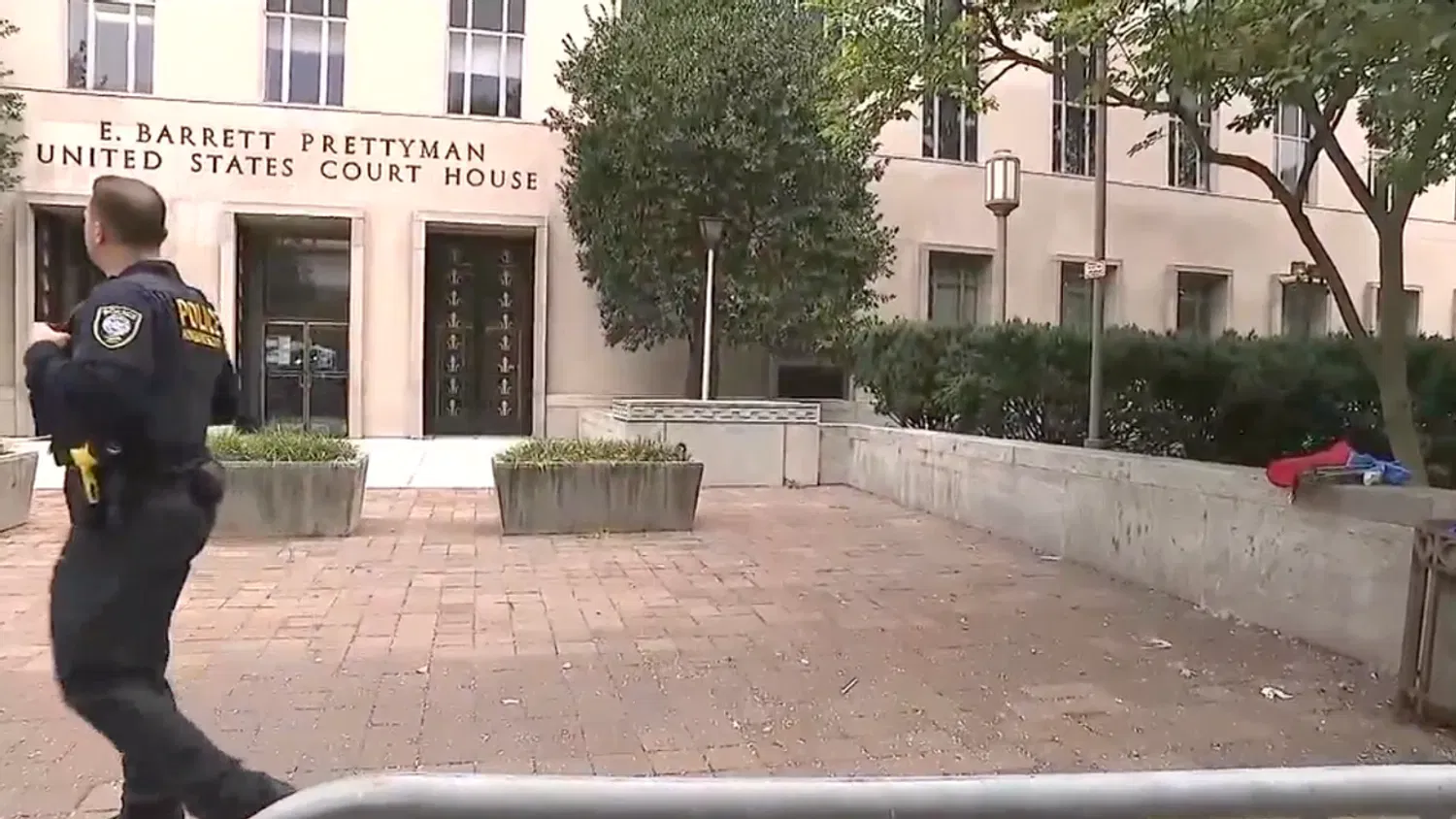
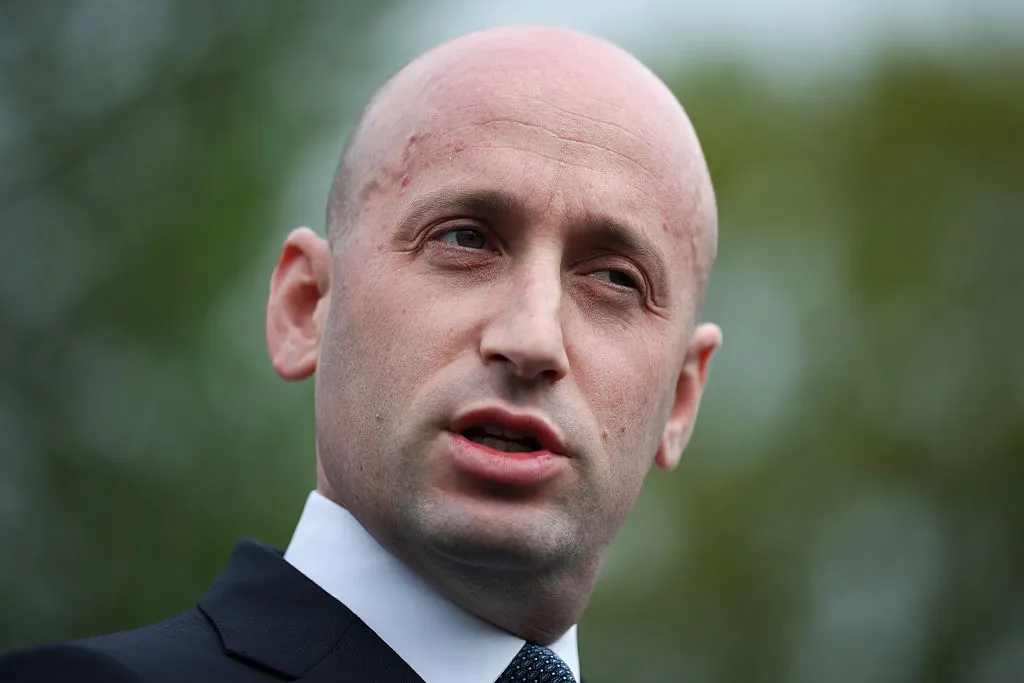
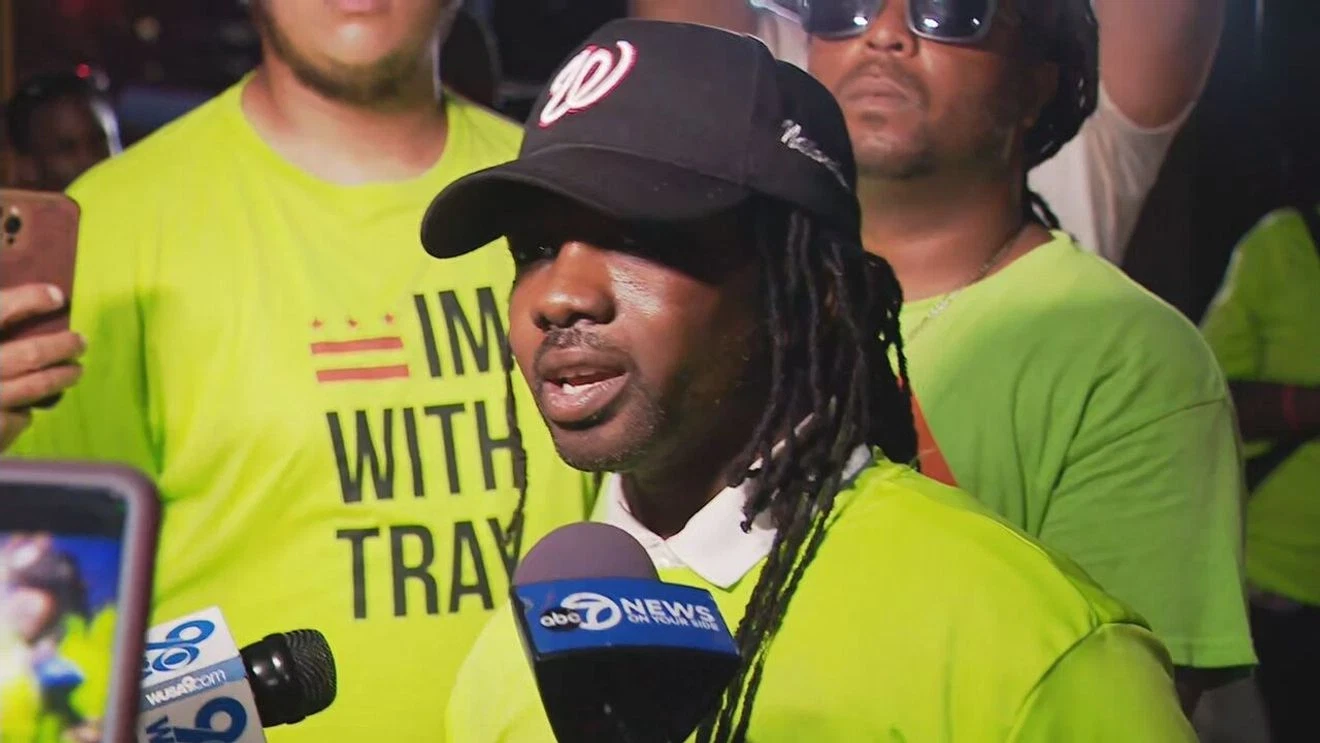
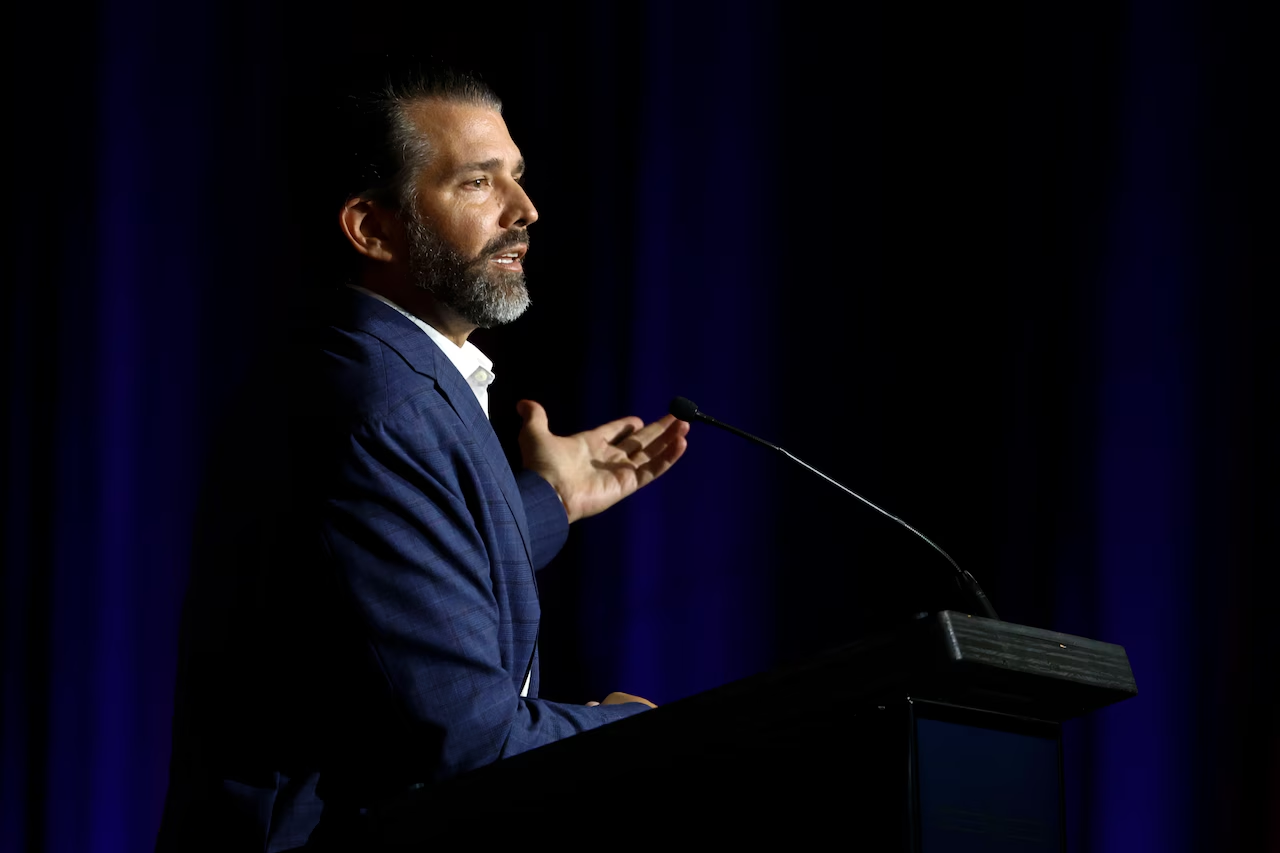
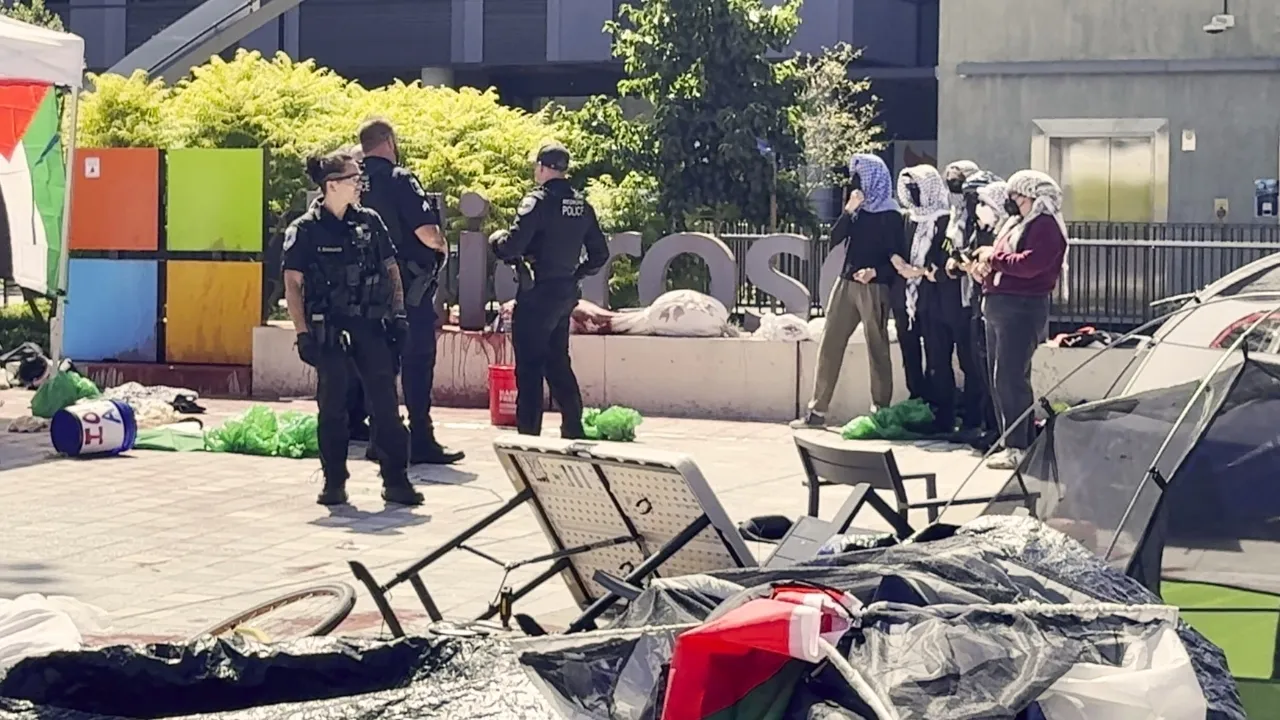
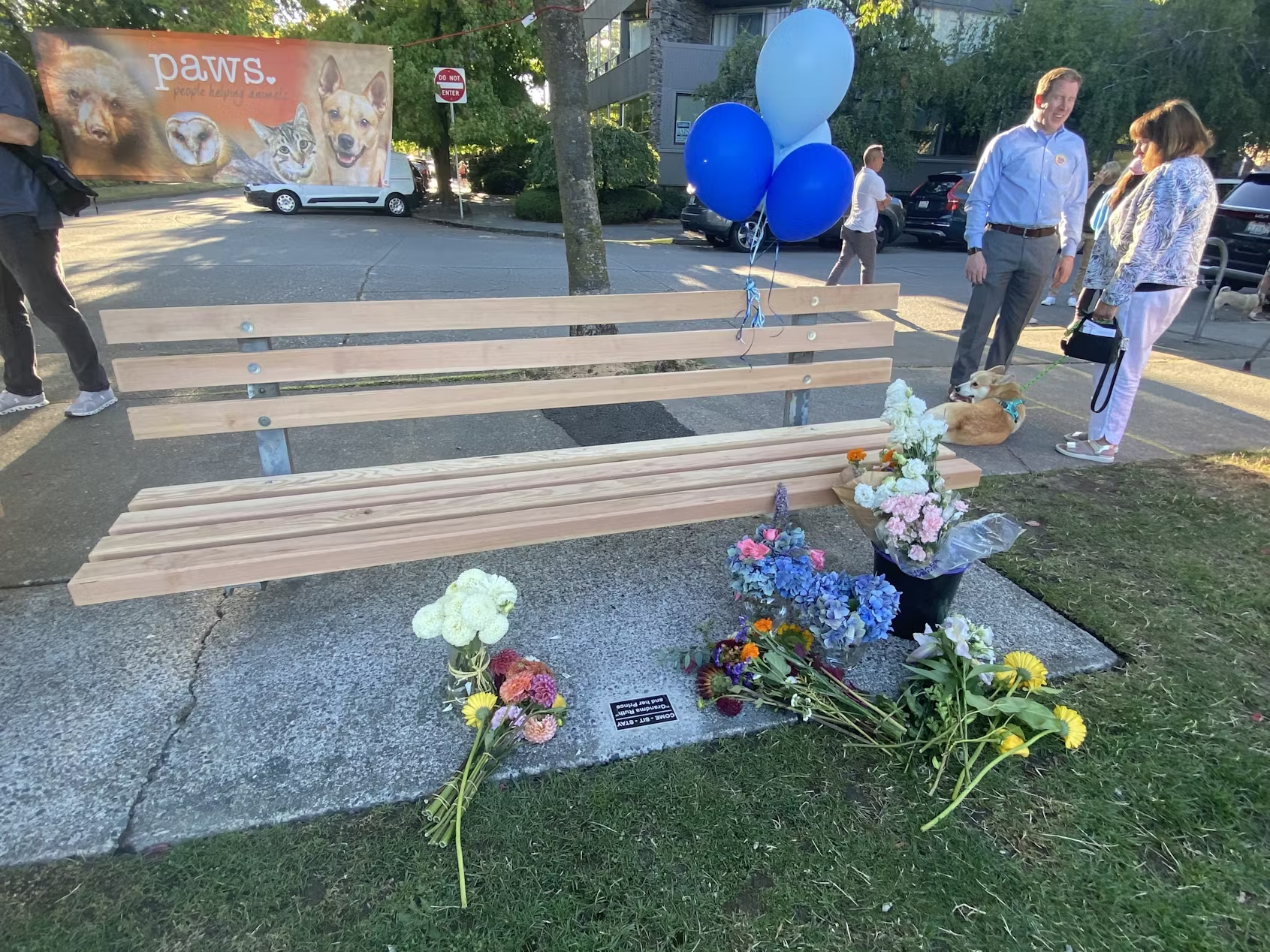
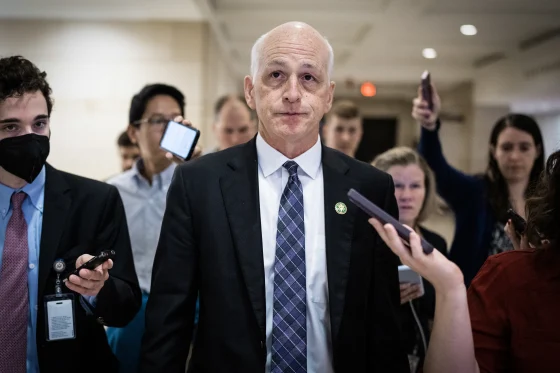
Leave a Reply